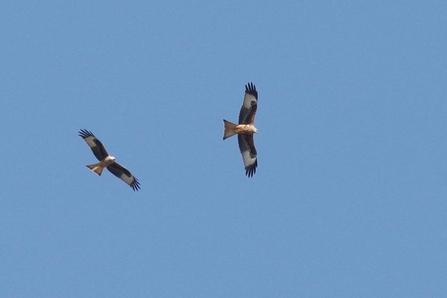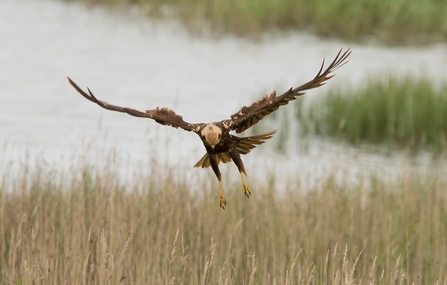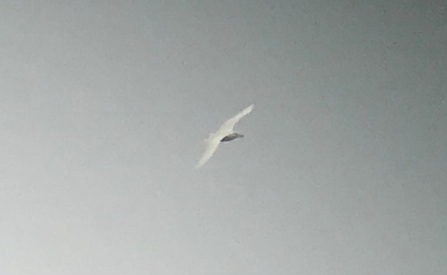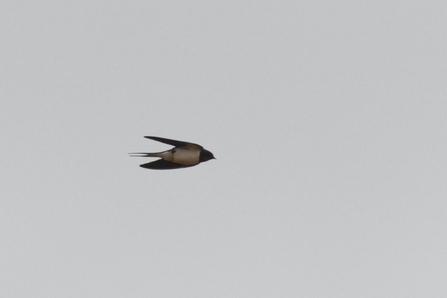The Slavonian grebe present in the drain at Chapel St Leonards departed in the first week of the month after a near two-week residence.
A few wintering geese remained early on with white-fronted goose and barnacle goose both recorded on Huttoft Marsh. Whooper swan numbers dropped significantly to just single figures near the Boygrift Drain.
Four short-eared owls were seen together over Sandilands Golf Course on 6 March. Good numbers of meadow pipit and skylark have also been recorded displaying on the Golf Course which have not been recorded in previous years.
Birds of prey have certainly dominated throughout March with record numbers of red kite migrating through the country park (eight birds noted over the month). These increased sightings clearly illustrating just how well this species continues to spread throughout the UK.
An osprey flew south over the sea at Marsh Yard on 19 March. Four buzzards in off the sea on 4 March were likely to be birds of continental origin as UK birds seldom move far.





